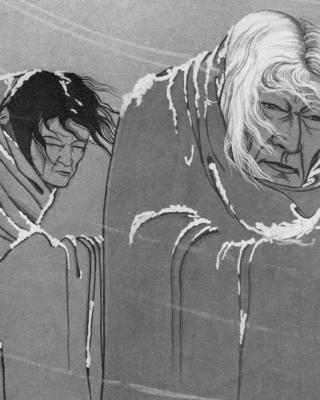1492-1828
Although European contact with the Indigenous peoples of the Americas dates back to Norse explorations in the 10th Century, the colonization of North America didn’t officially begin until Christopher Columbus met the Taino in the Caribbean in 1492. That “discovery” spawned a series of European voyages across the Atlantic as representatives of England, France, Portugal, Spain, and others met with Indigenous peoples upon their arrival, forming nation-to-nation treaties with tribal nations to ensure peaceful relationships and alliances, to gain access to land and other natural resources, and to establish fur-trading partnerships. As European populations and settlements in North America expanded, the pressure grew to claim more land. After winning its fight for independence in the Revolutionary War, the fledgling American nation negotiated new treaties with tribal nations as settlement expanded westward. To further secure its claims, the United States Supreme Court, in 1823, decided that the federal government has sole authority to negotiate with tribal nations, leaving Indigenous people with only the right to live on the land for which legal ownership belongs entirely to the United States.




